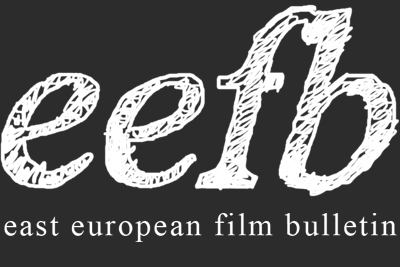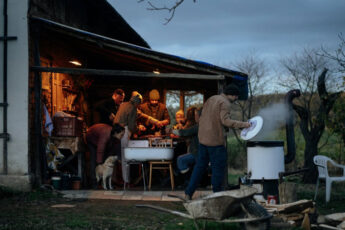
The phrase “culture war” evokes a battlefield. While the term suggests warfare, conversations are rarely vocal about the nature of this war, the strategies employed, or the casualties incurred. Yet, what kind of war is it?
The Prussian general Carl von Clausewitz defined war as an act of force to compel our opponent to our will. Often though, when the culture war plays out on these lines, descriptions abstain from using the word “war” at all. A case in point is that of Wanda Nanibush, the Art Gallery of Ontario curator who resigned, in “mutual agreement,” after backlash over her support for the Palestinian cause. Media coverage of her dismissal largely avoided categorizing it as part of the culture war even though, through open letters calling for an engagement with decolonization and a boycott of the institution, armies of signatories tried to bend the gallery to their will. It is somewhat ironic that Nanibush’s Indigenous identity and curation, more than her ousting, have been discussed in terms of a culture war – as though displaying Aboriginal art in museums constitutes a greater ideological battleground than dismissing the curator for her political stance.
The cultural sector is characterized by scarce resources – funding, platforms, recognition – and an abundance of people chasing them. Many opponents exist in this rat race, but few opportunities to force them to do as one wishes, to say it with Clausewitz. Ultimately cultural workers today may seek to compel others to step back, stay in their lane, or even remove themselves from the competition altogether.
Political causes provide fertile ground for opportunities to stake claims. It is always easier to fight a war if there is a cause, and the cultural sector is not lacking. However, these causes may mask another struggle – for professional survival, influence, and power.
When film directors advocate for excluding works based on the national identity of the artist, is it a genuine act of principle, or a bid to advance alternatives in their own interests? When someone is forced to publicly resign over their political views, is it really because of their views, or a strategy to employ someone else in their place? In institutions riddled with systemic issues like exploitation and sexual abuse, how many turn down coveted positions where others have suffered, and how many simply ignore inconvenient truths to advance?
One reason the culture war may not be addressed as a war, the casualties not counted, is that the fight does not allow participants to admit that they are fighting. This makes it easy to silence those with a “real” stance. In the backstage battles over resources and influence, the frontstage bickering and scapegoating increasingly instrumentalizes the culture wars for absurd ends. Consider the French far-right’s targeting of a Black anti-racism scholar under accusations of racism; or Germany’s “antisemitism resolution” that threatens to suppress dissenting voices, including Jewish ones; or the blaming and shaming of feminists as dangerous in the context of the women’s rights protests leading to the cancellation of Last Tango screenings at the Cinémathèque in Paris.
The phrase “culture war” carries the weight of history. Born from Bismarck’s Kulturkampf, it described a battle won by the state over the church. However, while the church lost its institutional power and many of its cultural privileges, the ultimate casualty was modernity itself. Bismarck’s era turned culture into an instrument of political domination and undermined the promise of modernity as a space for pluralism, free thought, and creative exploration. Today’s culture wars resonate with this past. They, too, mask their deeper costs. When every gesture must signal allegiance, every statement serve a cause, and every cultural artifact affirm prescribed values, the space for imagining alternatives shrinks. Today’s culture war, then, does not contest values – it precludes the freedom to conceive beyond them.
***
For this month’s issue, Isabel Jacobs reviewed Shoghakat Vardanyan’s 1489, a story of grief caused by the Artsakh (Nagorno-Karabakh) War, at the Armenian Film Festival London (6–8 December 2024). In our Interviews section, you will find a conversation with the director in which she explains what it meant developing her family’s tragic story as a film. Nora Furlong offers an in-depth analysis of Grigori Aleksandrov’s 1936 Circus and Ernst Lubitsch’s 1939 Ninotchka against the backdrop of their rivaling visions of femininity. Jack Page completes his coverage of the BFI London Film Festival with an article on Kristina Grozeva and Petar Valchanov’s Triumph, a satirical take on the futility of hierarchies. Finally, at this year’s Karlovy Vary Film Festival, Öykü Sofuoğlu saw Adam Martinec’s morbid comedy Our Lovely Pig Slaughter about an age-old tradition, and Klára Tasovská’s I’m Not Everything I Want to Be about the Czech photographer Libuše Jarcovjáková and her struggle to make a name for herself.
We hope you enjoy our reads.
Konstanty Kuzma & Moritz Pfeifer
Editors




Leave a Comment